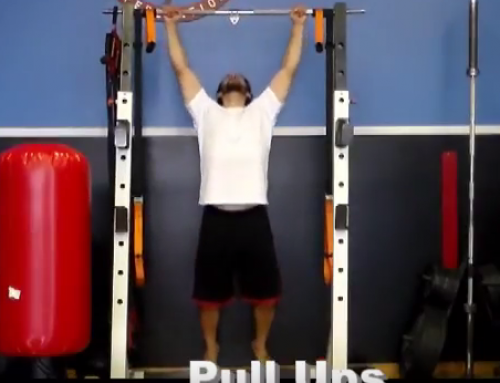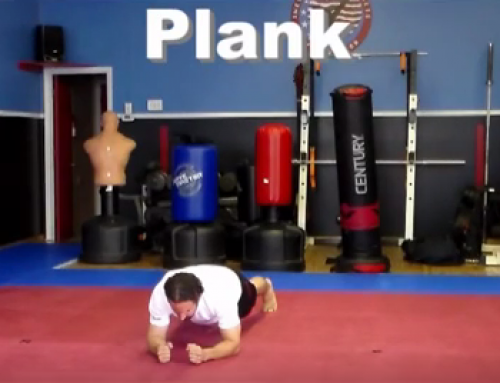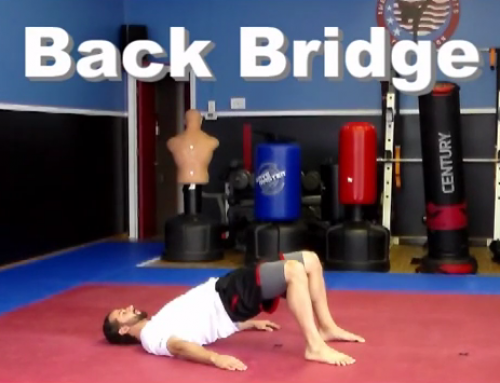First set of leg press; easy. Throw on some more weight! Second set; still too easy! Lets double it up! Third set; you’re clearly the strongest person in the gym, look at all those 45lb plates you’re pushing up! Keep adding to it, let’s go for a record! Fourth set; record set and my legs don’t even feel tired!!!
If you’re legs are the size of twigs and you’re lifting more than the person next to you who seemingly has tree trunks for legs, this is not a sign that you have magically powerful legs. It’s a sign that you’re doing it wrong. This is yet another big mistake I see people make in the gym, placing your arms on your knees or thighs and pushing to help the weight up. If the exercise is a meant to work your LEGS, make sure your LEGS are doing the work! As I’ve mentioned in numerous articles in the past, it’s not about how much weight you lift, it’s about how you lift it.
Here are a few more notes for leg day:
- If using the leg press machine, make sure the feet are planted correctly. The force should be going through your heels, not your toes. Raise your feet up higher on the platform to achieve this and use a full range of motion.
- This same thing is true if doing standing squats. The force should be going through the heels/mid foot, not the toes. If the weight is on the toes, this means your hips and knees are too far forward which can put unnecessary stress on the knees which may lead to injury.
- Make sure your knees are in alignment with your toes. You don’t want your toes facing outward and your knees collapsing inwards, or vice versa. Face a mirror when learning squatting or leg pressing techniques and watch your knees. Do they move in and/or out while squatting? For most, their weak side tends to bend inward while straightening. Focus on keeping the legs straight during the lift and don’t increase the weight until it’s fixed.
- When doing lunges or split squats, make sure and bend the back knee (almost touch the ground), keep the back almost vertical (a slight lean forward is ok), and never put your back heel on the ground, keep it high and squeeze the calves and quads while in the “up” position.
- When doing step ups, don’t jump or push off the back leg, press up with the front (elevated) leg and stand up straight once at the top.
- When doing seated calf raises or tibia raises, do lighter weights and higher reps (25+ reps). The muscle groups targeted for these exercises aren’t meant to be “bulked” up, they are muscles used in a repetitive action such as running or walking, not for big or explosive lifts.
- Keep your back flat. The easiest way to do this is to look straight forward and push your chest out. For most, this corrects rolling of the back. It’s very difficult to diagnose a rounded back on your own, so ask a friend or trainer to watch your back as you go through the motion to assure a proper alignment.
- Stretch out. One of the biggest causes of weak legs, improper technique and injuries is due to lack of flexibility in the lower back, glutes, hamstrings and hip flexors. Until the flexibility is there, there is no chance for good form nor any major strength gains in the legs.
There’s simply no excuse for bad technique. If you haven’t been shown proper technique for an exercise you’re doing, just don’t bother with it until you have been taught correctly. At best, you just won’t see results, but most likely, you’ll injure yourself. Take the time to learn the exercise from a trusted individual, start light and slow, and only progress if you can maintain that proper technique. Be safe!







Leave A Comment